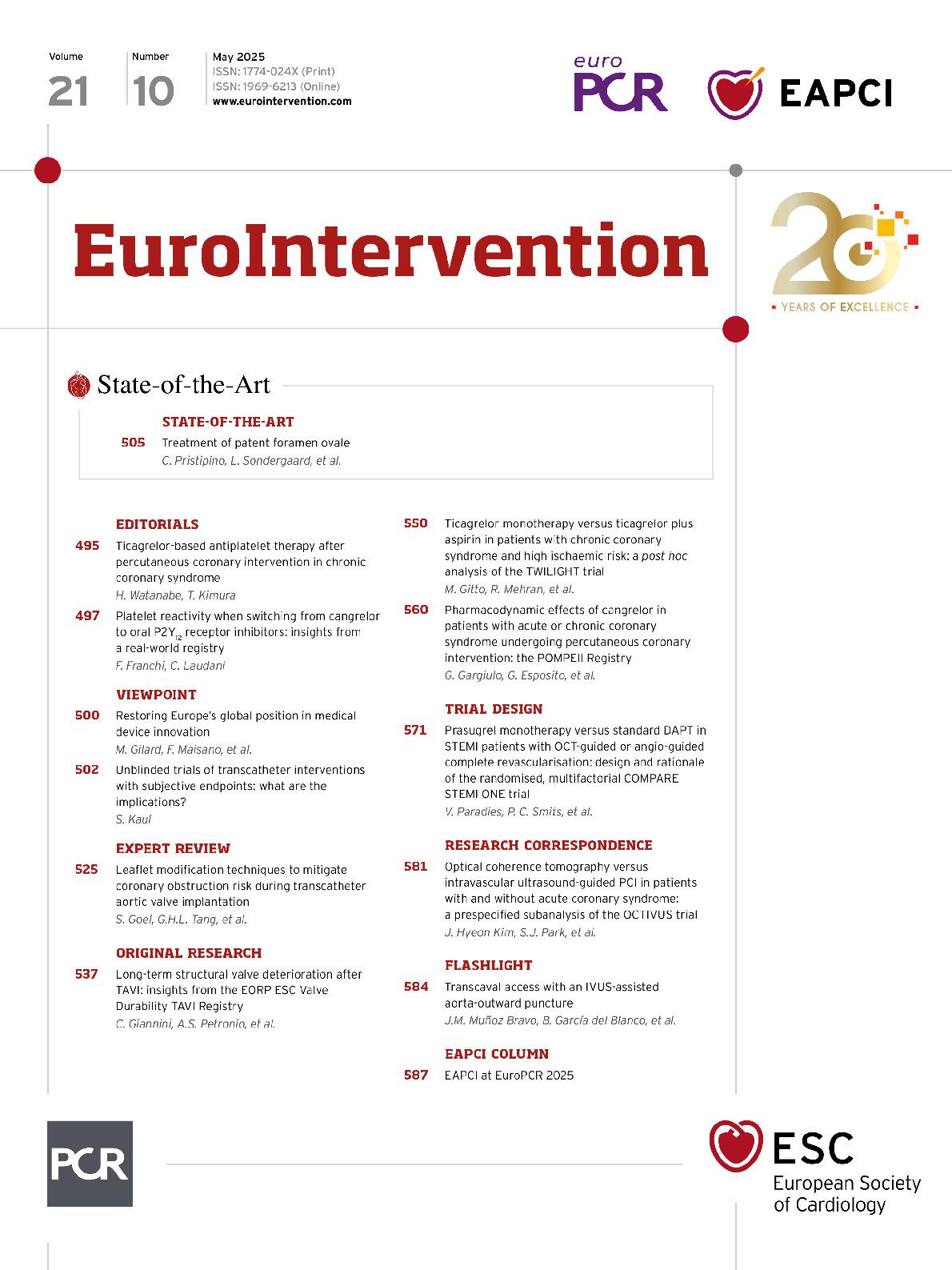Dual antiplatelet therapy with aspirin and a P2Y12 receptor inhibitor (P2Y12-i) is the standard of care for patients undergoing percutaneous coronary intervention (PCI)1. However, in high-risk settings, such as patients with acute coronary syndrome (ACS), the onset of action of an oral P2Y12-i, including the more potent prasugrel and ticagrelor, can be delayed, leaving a gap in platelet inhibition up to 4-6 hours after PCI. Cangrelor, the only currently available intravenous P2Y12-i, is characterised by high antiplatelet potency and fast onset and offset of action, making it a viable option in patients undergoing PCI who require immediate and potent platelet inhibition2. In clinical trials, cangrelor has been shown to reduce thrombotic events in patients undergoing PCI when used in addition to clopidogrel3. However, in real-world practice, prasugrel and ticagrelor are more commonly used among cangrelor-treated patients. Although most pharmacodynamic (PD) studies have shown that cangrelor is able to provide additional platelet inhibition when used along with prasugrel and ticagrelor in various clinical settings456, one study has suggested high residual platelet reactivity (HRPR) in patients...
Sign up for free!
Join us for free and access thousands of articles from EuroIntervention, as well as presentations, videos, cases from PCRonline.com

